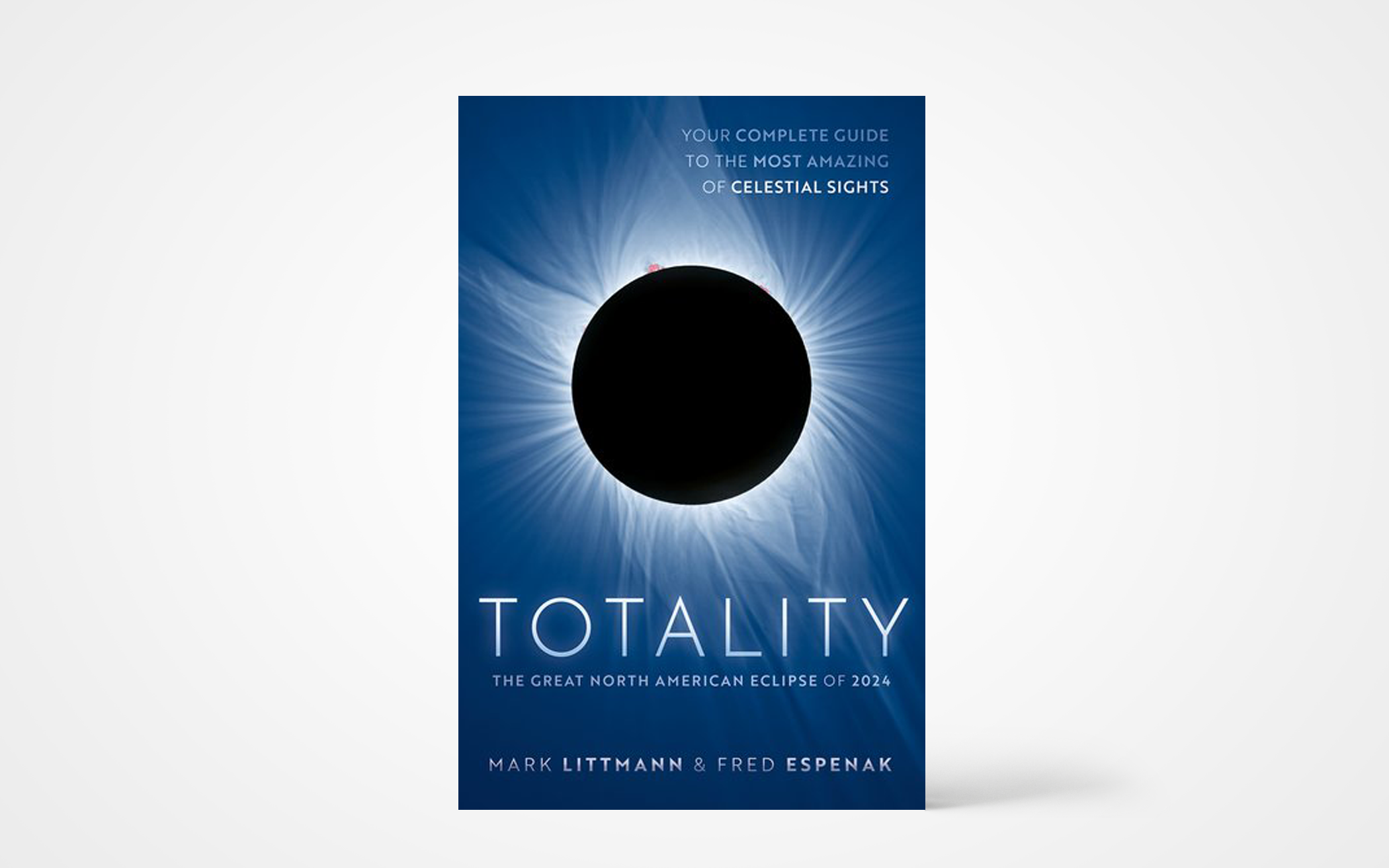In a band across North America, the sun will be hidden in the middle of the day on April 8. Totality describes the emotional experiences of witnessing eclipses. A total eclipse is a rare and wonderful event to witness. To people who know what they are seeing, it can be profound and bring them to tears. Those who do not expect an eclipse can feel like the world is ending. There won’t be a total eclipse in the continental U.S. again until 2044.
You can have a wonderful experience witnessing an eclipse with little preparation, but the totality of an eclipse lasts only a couple of minutes, and so learning what to expect will allow you to notice what you might otherwise miss. Totality explains what to expect and the science behind the event. It provides maps of the path of the 2024 eclipse, as well as eclipses around the world up until 2045. This introduction to eclipses includes the history of human response to eclipses, the science of eclipses, and advice about how best to experience an eclipse.
Totality describes the relationship people have had with eclipses throughout human history. Around the world, people have mapped the paths of the sun and moon with structures such as Stonehenge. People, including the Mayans, predicted when eclipses were possible to occur by calculating the time between eclipses. Other cultures make sense of eclipses through mythology, such as a Germanic myth of the sun as a bride and the moon as a groom in a marriage where they can only come together briefly in an eclipse before conflict ensues and they part ways again.
If science will be more inspiring to you than the long human history of fascination with eclipses, Totality has details on that too. The specifics of the loops of the sun and moon mean the path of eclipses do not follow the same path each time they arrive, and two eclipses on any point on earth are typically separated by many decades. Eclipses are valuable for studying other subjects too—the eclipse of 1919 played a crucial role in providing evidence for Einstein’s theory of relativity.
If you are in the path of the 2024 eclipse, or will be traveling to the path, Totality gives advice about what to look for. Some changes, such as the change of color around you, and a drop in temperature, will be impossible to miss. Others, such as shadow bands, require preparation and attention to detail. Baily’s Beads, described as “the momentary effect of jewels on a necklace” are visible about 5 seconds before totality, and so if your attention is elsewhere for only a few seconds, this phenomenon will have passed.
Another element of preparation is safety. Totality debunks misinformation about eclipses, such as the claim that being outdoors is dangerous, but emphasizes the danger of looking directly at the sun. To have a full and safe experience, make sure to use certified filters. Follow the instructions from the American Astronomical Society for eye safety, and buy your filters from an AAS certified vendor to avoid counterfeits. (Oxford University Press)
About the Author
Elizabeth Koning is a graduate of Calvin University, a member of Hessel Park CRC in Champaign, Ill., and a Ph.D. student at the University of Illinois, Urbana-Champaign in the department of computer science.

